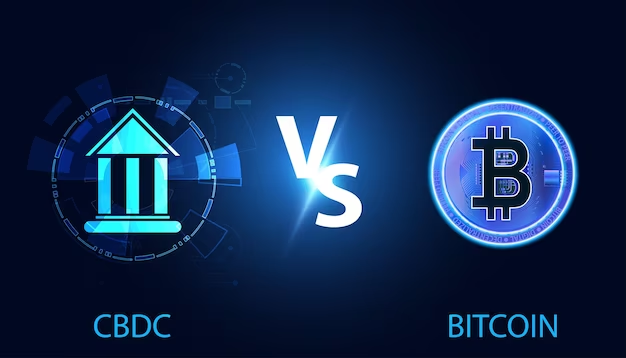Introduction
Bitcoin, the world’s first and most famous cryptocurrency, has long been under the microscope for its environmental footprint. Its decentralized nature and the extensive computational power required for mining have sparked considerable debates around its energy consumption. With climate change being a focal issue, these concerns have become more pronounced. However, the landscape is shifting, with miners and advocates exploring greener practices to alleviate Bitcoin’s environmental impact. Let’s dive into the current state of Bitcoin mining, the challenges it poses, and recent developments aiming to improve its ecological sustainability.
Understanding Bitcoin’s Energy Consumption
Bitcoin mining, a process integral to the cryptocurrency’s decentralized operation, relies on miners solving complex mathematical puzzles. This proof-of-work (PoW) mechanism requires significant computational power, which in turn consumes massive amounts of electricity. According to recent studies, Bitcoin’s annual energy consumption is comparable to that of entire nations, drawing sharp criticism from environmentalists.
Revisiting the Energy Consumption Debate in Bitcoin Mining
Key Environmental Concerns:
Carbon Emissions: A significant portion of Bitcoin mining is powered by coal-based electricity, particularly in regions like China and Kazakhstan.
E-Waste: The rapid obsolescence of mining hardware leads to considerable electronic waste.
Energy Inefficiency: Critics argue that Bitcoin’s PoW protocol could be replaced with less energy-intensive models like proof-of-stake (PoS).
What’s the Environmental Impact of Cryptocurrency?
Shifts Towards Greener Mining Practices
Despite these concerns, several positive developments are occurring as stakeholders strive to reduce Bitcoin’s ecological footprint:
1. Mining with Renewable Energy:
Bitcoin miners are increasingly seeking renewable energy sources to power their operations. In regions like Iceland and Canada, geothermal and hydroelectric power have enabled miners to significantly lower their carbon footprint. A recent trend sees miners migrating to regions where renewable energy is abundant and underutilized, such as solar and wind farms.
2. Innovative Energy Utilization:
Some companies are turning to innovative energy utilization practices, such as capturing excess natural gas from oil drilling that would otherwise be flared off, and using it to power mining rigs. This approach reduces emissions and provides a new source of revenue for oil producers.
3. Energy Grids and Demand Response Programs:
In the United States, some miners are partnering with energy grid operators through demand response programs. This helps balance the grid by reducing mining operations during peak hours and increasing them during off-peak times, ensuring a more sustainable electricity usage pattern.
How to Advance Sustainable Mining
The Bitcoin Mining Council
In response to public scrutiny, the Bitcoin Mining Council (BMC) was formed in 2021 to advocate for transparency and sustainable practices in the industry. The council promotes the use of renewable energy and provides data to help dispel misconceptions about the energy consumption of Bitcoin mining. According to their findings, the global mining industry has increased its sustainable power mix to nearly 60%.
Policy and Market Trends
Recent policy shifts and market trends are playing an influential role in promoting greener Bitcoin mining:
China’s Crackdown: The Chinese government’s crackdown on crypto mining in 2021 prompted many miners to relocate, often to regions with cleaner energy sources.
ESG Concerns: Institutional investors are increasingly considering environmental, social, and governance (ESG) factors, prompting miners to adopt greener practices to attract capital.
4 Factors That Shape Market Trends
Conclusion
The journey towards a more sustainable Bitcoin mining industry is well underway, but challenges remain. While it is unrealistic to expect immediate change, the push towards renewable energy, innovative energy use, and transparency in the industry is promising. Ultimately, balancing the growth of this revolutionary technology with environmental stewardship will require collaboration between miners, investors, policymakers, and tech innovators.
Bitcoin is evolving—and with it, so too must the ways in which we mine, regulate, and harness its potential for a greener future.




















